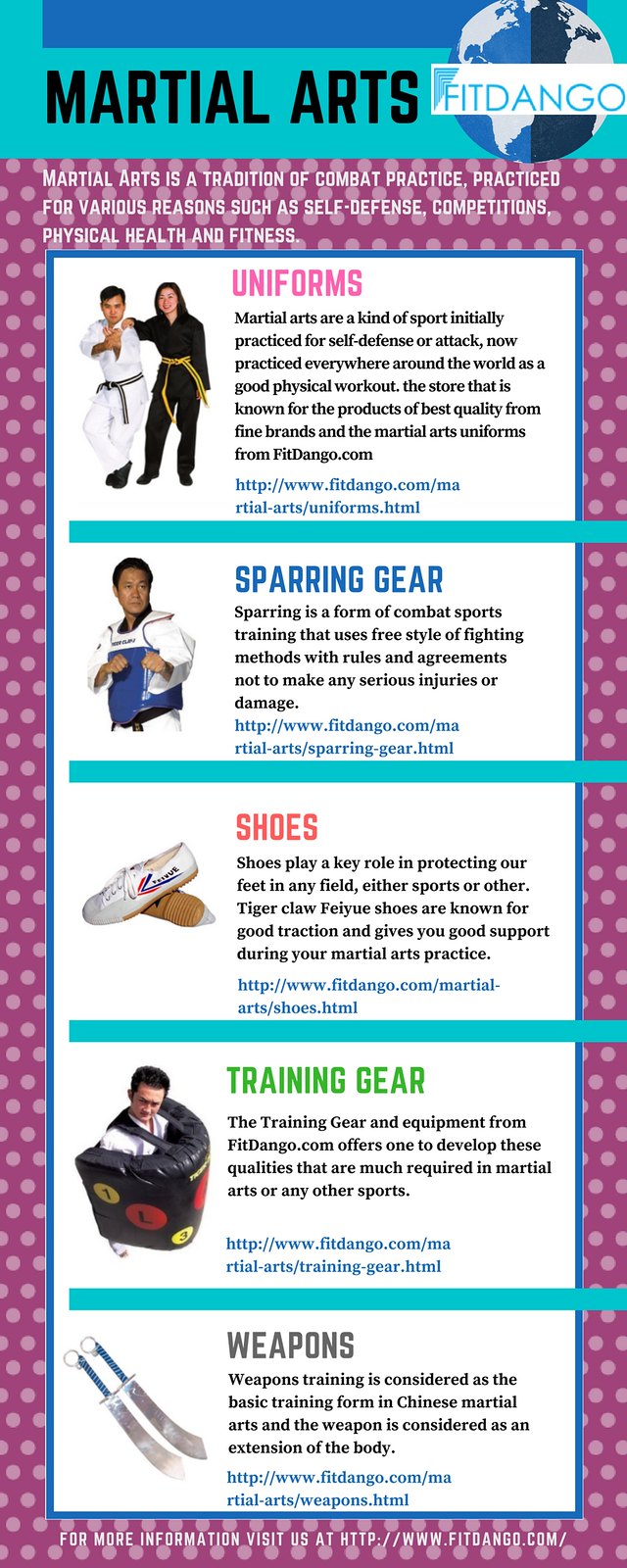Flexibility Is Important In Martial Arts Education
Flexibility Is Important In Martial Arts Education
Blog Article
check it out By-Hoppe Lawrence
Did you recognize that adaptability plays a vital duty in fighting styles training?
Actually, a research study conducted by the International Journal of Sports Physical Therapy revealed that over 80% of martial musicians fight with minimal flexibility.
Yet why is adaptability so essential? Well, it not just improves your performance and method yet likewise lowers the danger of injuries.
So, if you're seeking to take your fighting styles skills to the next degree and remain injury-free, you'll definitely wish to maintain analysis.
Advantages of Versatility in Fighting Style
Versatility in martial arts brings numerous benefits to professionals, allowing you to enhance your performance and minimize the danger of injury. By improving your versatility, you raise your range of activity, enabling you to implement strategies with better accuracy and effectiveness.
This improved agility and fluidity in your motions can provide you an one-upmanship, enabling you to respond quicker and adjust to different scenarios during sparring or competitors. In addition, increased versatility aids to stop injuries by improving muscle elasticity and joint wheelchair.
It allows your body to move a lot more freely, minimizing the pressure on your muscle mass and ligaments. This, consequently, reduces the chances of strains, pressures, and muscular tissue pulls. By integrating flexibility training right into your martial arts method, you not only improve your efficiency however likewise safeguard your physical well-being.
Strategies to Enhance Adaptability
To boost your flexibility in martial arts, you can include different stretching exercises into your training regimen.
One effective strategy is vibrant extending, which entails moving through a full range of movement to warm up your muscles and boost flexibility. Instances consist of leg swings, arm circles, and trunk rotations.
One more method is static stretching, where you hold a go for a continual period of time. This helps lengthen and unwind your muscle mass, enhancing flexibility over time. Typical static stretches for martial arts include the butterfly stretch, hamstring muscle stretch, and shoulder stretch.
Furthermore, integrating martial arts. or Pilates into your training can also considerably improve your flexibility.
Remember to constantly warm up before extending and listen to your body to avoid injury.
Adaptability Training for All Skill Degrees
As you proceed in your martial arts training, enhancing your flexibility becomes necessary for enhancing your general efficiency. Versatility training isn't only useful for sophisticated practitioners however additionally for novices and intermediate students.
Despite your ability degree, incorporating versatility exercises right into your training routine will aid you develop a large range of activity, prevent injuries, and boost your technique implementation.
For newbies, flexibility training can help boost your type and stance, enabling you to perform movements correctly and successfully. Intermediate practitioners can make use of adaptability training to further boost their variety of movement and enhance their fluidness in implementing complicated methods. Advanced pupils can take advantage of adaptability training by maintaining and fine-tuning their existing flexibility, allowing them to carry out innovative moves easily.
Conclusion
Finally, accepting versatility in your martial arts training is critical. By incorporating techniques to improve flexibility, you can enhance your efficiency and avoid injuries.
Remember, 'A flexible body is a durable body.' So, keep pushing your limits, stretching frequently, and profit of a supple and agile body.
